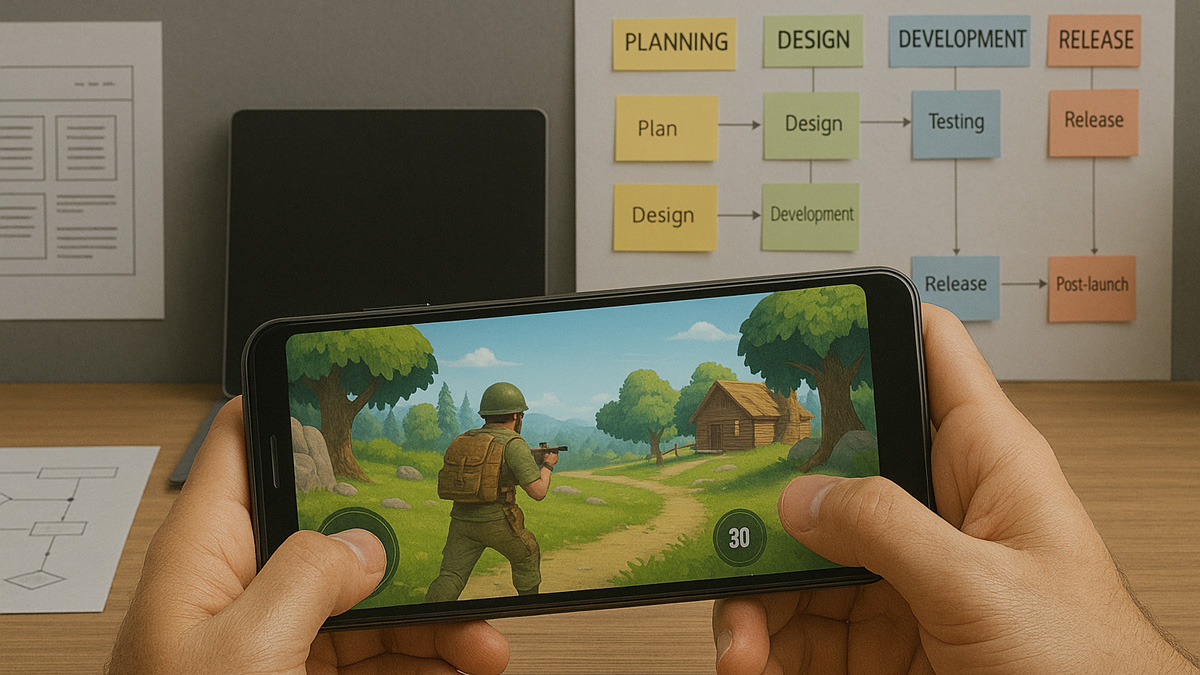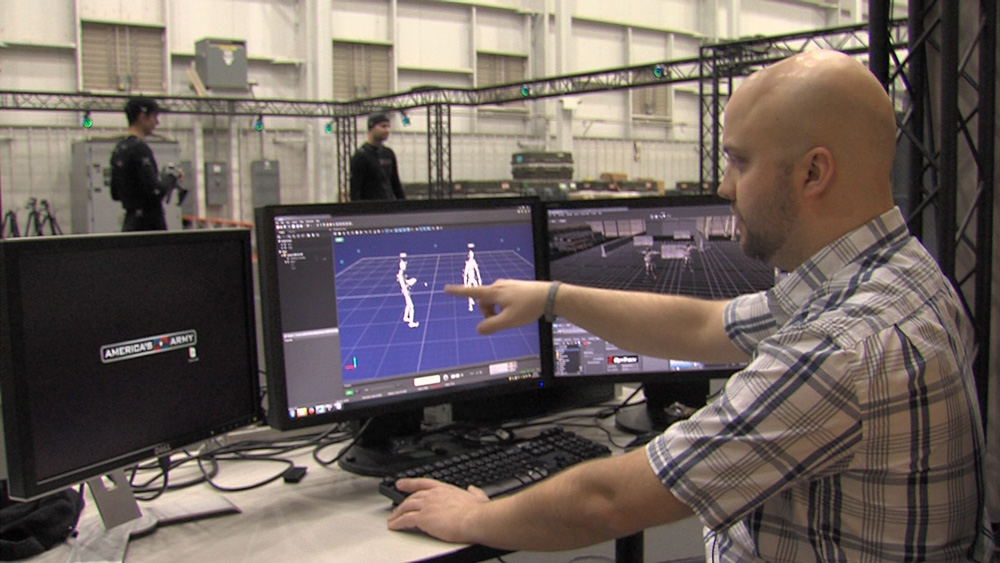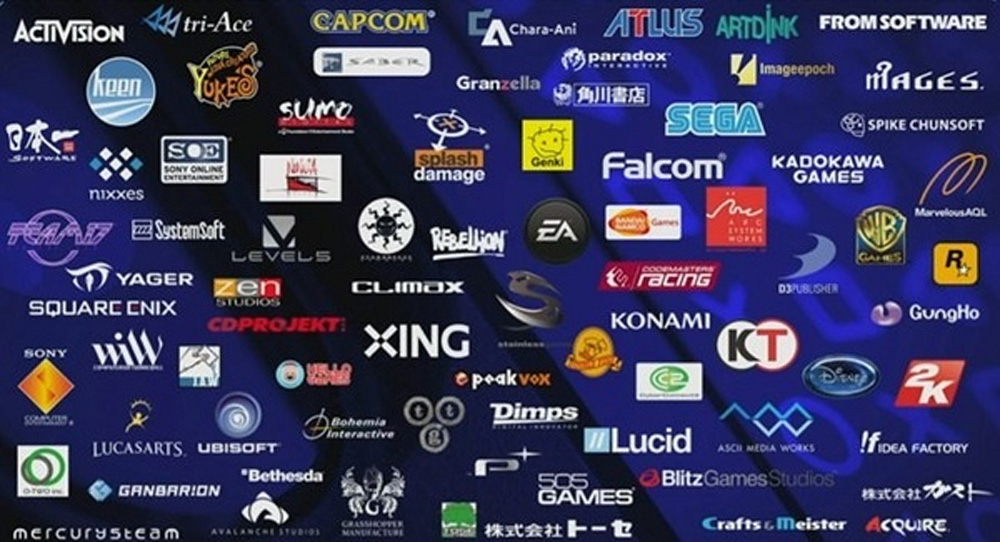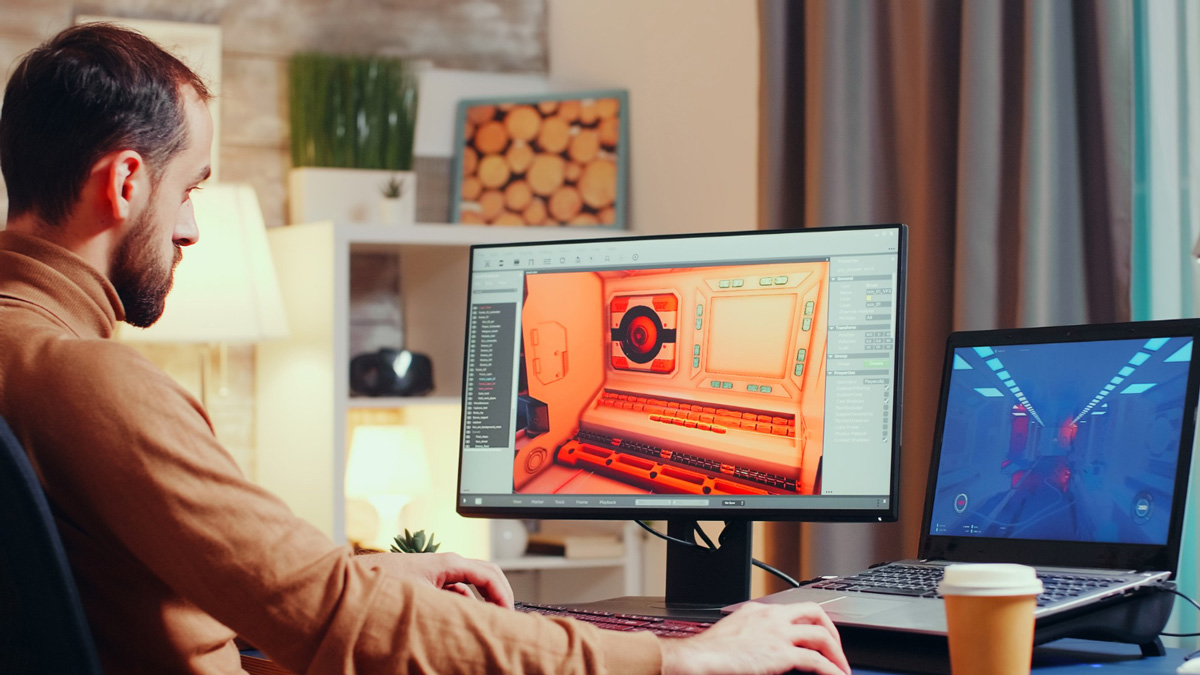
Game development is one of the most popular industries today. Having a clear guide can really help newcomers make progress. To choose your preferred game style and future job position, you need to understand how game development works. It’s also one of the most profitable fields and is expected to stay on top for a long time.
Many enthusiasts get confused by the sheer amount of information available about game development and struggle to find the right sources. This article will break down each stage of making a game and help you get familiar with up-to-date info so you can choose your focus more confidently. If you’re interested in this field, keep reading!

What Is Game Development?
Game development is the process of creating a game from start to finish and making it available to the public. Specialists from various areas work together to turn a concept into a fully accessible game.
Let’s start by briefly outlining the main stages of game development:
- Stage One: Ideation
- Stage Two: Production & Development
- Stage Three: Publishing
Stage One: Ideation

Like any project, game development starts with a strong and effective idea. The game concept is crucial—it lays the foundation and can attract investors and publishers. Usually, the idea is simple and presented by the game designer. After approval by the studio, a basic playable version is created with minimal features.
Initial Design
When we hear ‘designer,’ we often think of someone who works with visuals, but in game development, designers are responsible for the game’s logic, not its graphics. A designer creates the gameplay—the core mechanics and story of the game.
A skilled designer sets the logic and structure of the game, defines its narrative, and designs the levels. While the initial plan comes from the designer, it might get revised or even rejected later on. The studio may find the proposed gameplay unfit and decide not to move forward with it.
Studio Approval
After the designer submits a video presentation and explains the concept, the studio evaluates the idea based on its knowledge of the market. If they approve, the idea moves into the production stage. If not, the designer may need to revise it.
Prototype or Playable Version
Once approved, the idea enters the prototype stage—a very basic version of the game. It has minimal graphics and is built quickly, using ready-made code where possible. The only requirement is that it should be playable. Visual polish doesn’t matter yet.
Stage Two: Production & Development

In casual and hyper-casual games, this stage is especially important. After testing and approving the prototype, the gameplay is handed over to the art team to prepare what’s called the vertical slice.
The art team creates high-quality graphics. After that, the game enters the alpha stage, and finally, the studio works on the beta version, which is the most complete version before release.
Vertical Slice
Imagine a birthday cake. When you slice it, the cake’s nature doesn’t change—you still get all the layers. A vertical slice is the same idea: a fully functional sample of the final game, just with fewer levels.
It shows off all the core features and quality you’d expect from the final product. This version is used to run key performance indicator (KPI) tests to find and fix major issues.
If the results from testing aren’t promising, the game might be canceled at this stage and not move into full production.
Alpha Version
In the alpha stage, most of the game is built—about 80–90% complete. Various tests help identify and fix technical and visual problems. At this point, the concept is solid, and the focus is on polishing the content.
Beta Version
The beta, or final studio version, is polished and bug-free. It’s ready to impress publishers. Even though it’s nearly complete, further testing continues to improve quality before launch.
Stage Three: Publishing

At this stage, the game is ready for release. It starts with making a trailer and continues with heavy investments in promotion. One of the biggest challenges is finding the right publisher—everything beyond this point depends on them.
Finding a Publisher
A well-made trailer increases your chances of attracting a publisher. This short video (usually under two minutes) should clearly show off your game and appeal to the publisher’s interests.
Soft Launch

Soft launch is entirely handled by the publisher. Through small-scale ads, they test the game’s potential. The goal is to see whether it’s worth investing more money and time. This phase often causes a financial loss for publishers.
But how do publishers profit?
By testing multiple games, they pick the ones with the best test results—those most likely to succeed and recover any soft launch costs.
Hard Launch
During a hard launch, the publisher is confident in the game’s success based on test results. Unlike the soft launch, this is a low-risk phase where the publisher knows the game is worth big ad investments.
A game lives in this phase as long as it stays popular. When downloads and interest drop, the publisher stops funding it. Some games stay active for a long time, while others fade quickly.
Learn More: Estimating Mobile Game Development Costs
Important Tests in Game Development
Because quality in games is hard to measure, we use quantitative metrics to track progress and save time and money. These metrics are called KPIs—key performance indicators.
KPI
KPI stands for key performance indicator. In game development, KPIs are used to measure the performance of the game. They help you understand whether to invest more time and money into a project or not.

KPIs show if your game is improving or declining, and highlight what needs to be fixed.
Let’s look at two important KPIs used after a game is launched.
CTR Test
CTR stands for Click-Through Rate. During launch, a short gameplay video (called a screen video) is shown in ads to attract players.

Each time the ad is shown is called an impression. When users tap on it and get directed to the download page, that counts as a click. CTR measures how many clicks come from how many views—and how much each click costs.
This helps publishers decide whether to keep funding the game.
CPI Test
CPI stands for Cost Per Install. This metric tells you how much each game install cost. The lower the CPI, the better.
In casual and hyper-casual games, a high CPI can mean the game won’t get published. Publishers want low-risk, cost-effective games.
Game Development Team Roles
The core game dev team includes a designer, an artist, and a programmer. Later, a publisher—and sometimes an investor—joins the process. Larger projects may require multiple specialists in each area.
Designer

We already talked about the designer’s role during the early concept stage. But to understand their impact fully, imagine designing a game that’s not only fun but also addictive. A great designer builds this experience using principles from psychology and game theory.
A solid gameplay concept, combined with strong testing, is key to a successful game.
Artist

The game artist brings the designer’s vision to life. Working closely with the designer, they sketch environments and characters. Depending on the game, the art team might include a concept artist, animator, 2D/3D artist, and rigging specialist.
Learn More: What is Rigging in Game Development?
Programmer

Programming is one of the most important parts of game development. A clean and efficient codebase determines how the game runs. Programmers turn designs and artwork into playable software.
Start by learning a programming language, then pick a game engine to work in. Popular engines like Unity provide the platform where the coding happens.
Publisher
As we discussed earlier, publishers are critical. Think of them as business partners with high standards. They take most of the game’s profit—over 80%—so they’re very selective about what they invest in.
Investor
For big-budget games, publishers may not want to cover all costs alone. That’s when investors step in. They team up with the developer and publisher to finance the project.
Final Thoughts
Game development has grown massively over the past decade. Many newcomers start with casual or hyper-casual games—they’re simpler and faster to make.
These games are easy to play and appeal to all ages. With just a tap on your phone screen, you can complete entire games. Thanks for reading!

HosseinDigital Marketing Expert
